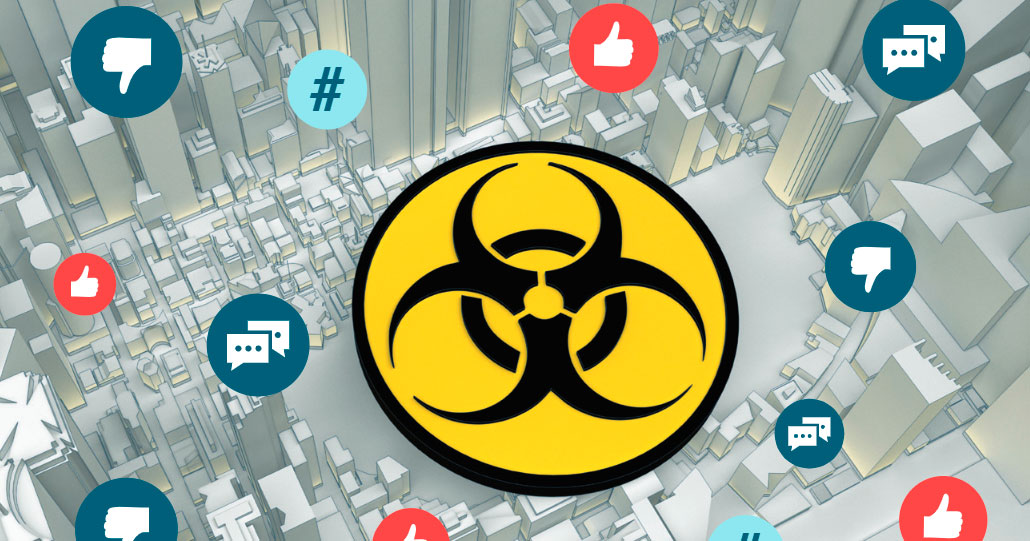Los investigadores de RAND Corporation desarrollaron un enfoque para analizar datos de redes sociales para obtener información sobre incidentes químicos y realizaron una prueba de concepto de ese enfoque aplicándolo al caso del empleo de armas químicas en Siria entre 2017 y 2018. El gobierno USA ha comenzado a reconocer el potencial de las redes sociales como fuente de información y han encargado estudios para explorar cómo las redes sociales pueden mejorar la conciencia de la situación del desastre, influir en la opinión pública, aumentar las fuentes de datos tradicionales y contrarrestar la desinformación.
Policymakers across the federal government have begun to recognize the potential of social media as a source of information and have commissioned studies to explore how social media can improve disaster situational awareness, influence public opinion, augment traditional data sources, and counter disinformation. In this project, RAND Corporation researchers developed an approach for analyzing social media data to derive insights about chemical incidents and conducted a proof of concept of that approach by applying it to the case of chemical weapons employment in Syria between 2017 and 2018.
They identified a four-step process: (1) Identify operationally relevant factors and examine known events to find incident indicators, (2) develop a feed of social media data, (3) conduct automated daily scans for elevated keyword use in Twitter data, and (4) analyze posts to verify detection and extract information.
The procedure showed promise. Based on the analysis, it is recommended that the Defense Threat Reduction Agency initiate three activities to further the development of this procedure.
Key Findings
Twitter, Facebook, and YouTube post text may include chemical attack descriptor keywords, place names, and broad characterizations of the agent used
- It may also include reactive language, such as expressions of anger, lamentation, or religious invocation.
- Images, videos, and links may provide more incident detail, as well as ways to verify authenticity.
Scanning a Twitter sample for chemical incident–descriptor keyword and reactive-language surges can provide analysts with a low-latency alert that an event may have happened
- This can direct them toward posts they can use to adjudicate whether it has happened.
- The researchers scanned Twitter during our research for this report, but choosing which platform to scan is a complex decision with many considerations.
Human intelligence may be better able to cope with the irregularity of social media data and better poised to use sophisticated inference and verification techniques to investigate incidents
- If computation can filter data volume down to something manageable, the human intelligence component can generate deeper insights from it.
The information value of social media methods varies from place to place, depending on characteristics of the population, relevant state actors, social media platforms, and analyst capabilities
- Implementing this method also requires supporting proportional staffing levels and taking steps to protect staff from posttraumatic stress.
Recommendations
- Develop resource pooling agreements with other federal agencies.
- Build an extensive chemical weapons keyword list and rigorously test the list’s detection effectiveness against best available intelligence.
- Conduct an exercise with federal computers and staff, scanning for easily verified types of events.
Table of Contents
-
Chapter One
Introduction
-
Chapter Two
Social Media Analysis of Chemical Weapons Incidents in Syria
-
Chapter Three
Implementation Considerations
-
Chapter Four
Conclusions and Policy Implications
-
Appendix A
Additional Technical Tables
-
Appendix B
Quality of the Social Media Environment
-
Appendix C
Estimating Analyst Level of Effort Requirements
-
Appendix D
Protecting Analysts from Secondary Trauma
-
Appendix E
Social Media Event-Detection Literature Review
Fuente: https://www.rand.org


